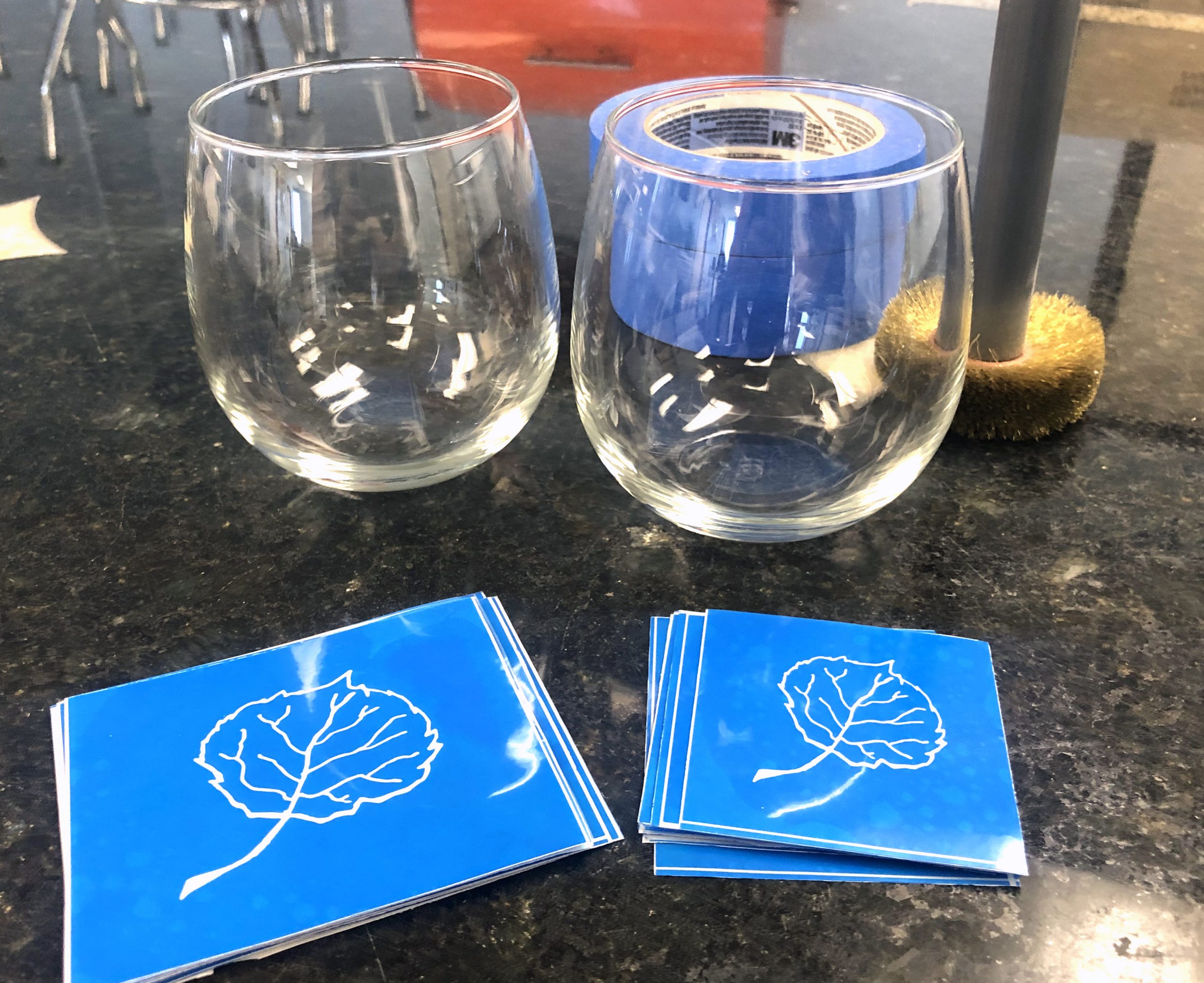The Basics Behind Sandcarving Glass and Crystal
Achieve a depth that cannot be obtained by any other decorating method

Glass and crystal sandcarving was originally accomplished through a costly and timely process known as “copper wheel engraving,” reserved for those who were the elite. Today, photoresist film makes it possible to produce text and detailed images in any quantity quickly and simply onto any glass and crystal substrate, such as crystal awards, spirit bottles, barware, plaques, art glass, and many more.
Sandcarving glass and crystal allows depth that cannot be obtained by any other decorating process. Sandcarving can be done on the front or the back of the glass and crystal substrate. Viewing the etch through the glass allows the customer to see the design from a whole new perspective.
Photoresist films are available in different thicknesses to achieve a surface, moderate, or deep etch while attaining detailed artwork. With a moderate to deep etch, it also gives you the opportunity to add paint inside the etch, adding value with just one additional step.